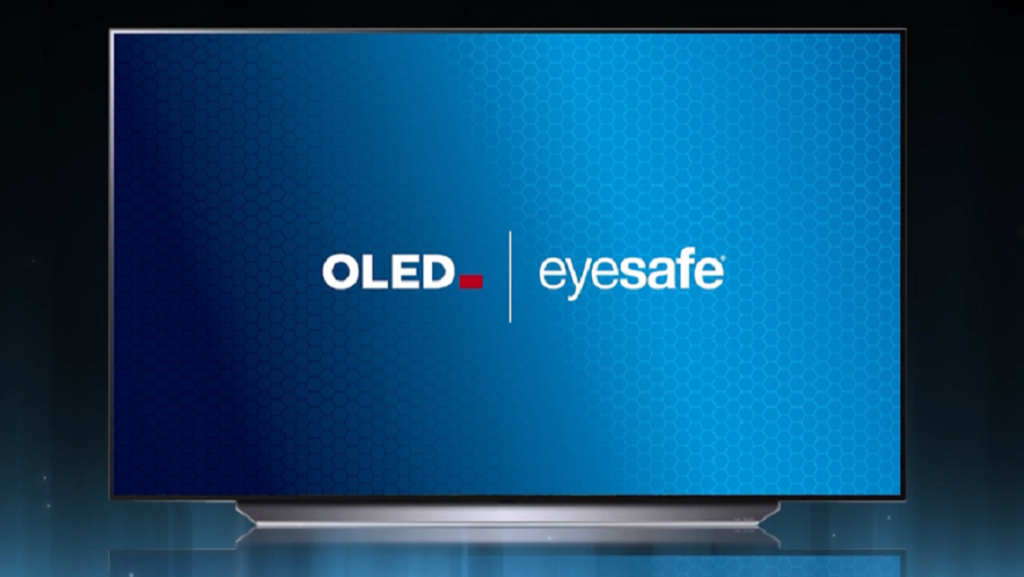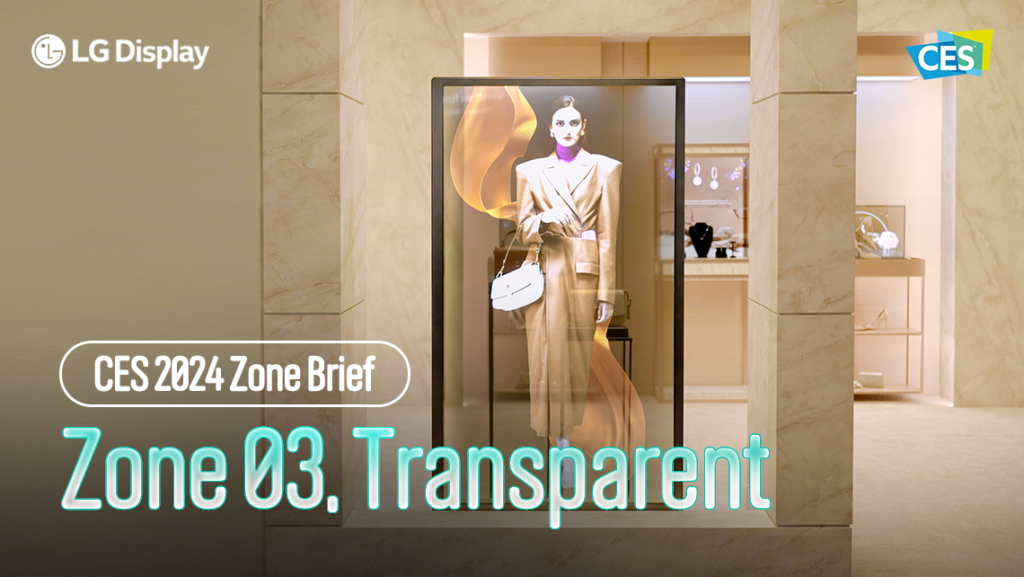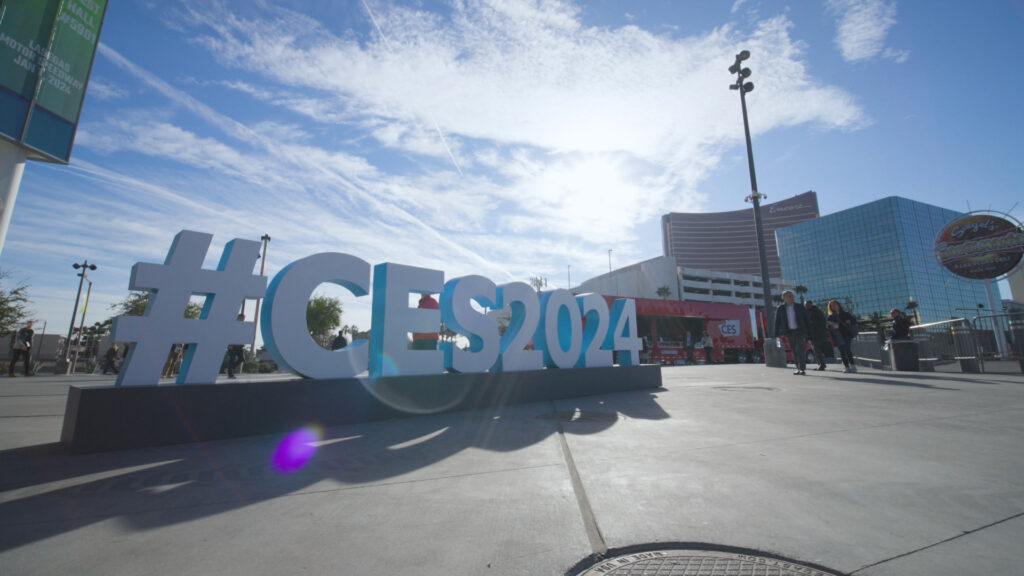In the TV world, the importance of one’s eye health has been overlooked and undervalued by so many of us. But now, people are beginning to pay more attention to protecting their eyes as we seem to rely more and more on electronic devices every passing year.
Long screen exposure can yield undesirable side effects, so it’s important to understand the impact blue light emitted from the screens we use every single day can have on our sight. This is exactly why LG Display’s OLED technology has been thrust into the global limelight, since the company consistently lowers its low blue light emissions to worldwide acclaim.
KJ Kim – Vice President and Head of TV Sales Group at LG Display – recently participated in the Blue Light Summit 2021 held online on Sep.28 in the US, joining world leaders from multiple industries to discuss how COVID-19 has changed the way consumers use their devices and what this explosion of daily screen time means in terms of more blue light exposure and the people’s health.

The correlation between tech devices and health is stronger than ever. Eyesafe CEO Justin Barrett remarked in this Summit how “COVID-19 completely changed the retail and consumer electronics landscape, making people much more aware of how much screen time they were taking in,” while Frank Holzmann, Global Vice President of TÜV Rheinland Business Field Electrical stressed how “the industry is on the precipice of sweeping change as it relates to the health impacts of digital devices.”
How can blue light harm our vision?
Blue light strikes hardest at one of the most valuable times of our day – bedtime. It can inhibit melatonin production which affects the quantity and quality of sleep especially when it’s dark. And it’s not just dry eyes and eye strain we need to worry about, because long exposure to screens can also contribute to more serious issues such as temporary myopia.
Since children’s eyes are more sensitive to blue light, blue light presents a risk at a very early age. These days, kids are spending so much time behind a computer, laptop, smartphone or tablet playing games, taking classes on Zoom or binge-watching TV shows on streaming sites, which means a higher possibility of them experiencing eye health deterioration much earlier in life than their parents.
So how does OLED stand out?
OLED’s strengths when it comes to protecting viewers’ eyes can be summarized by three points – low blue light emission, flicker elimination, and no discomfort glare.
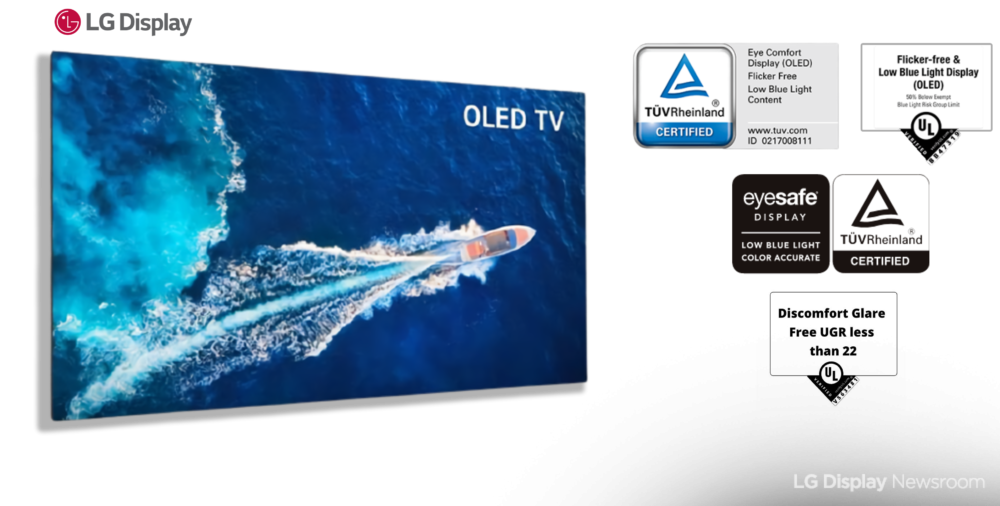
LG Display’s OLED TV displays had already been recognized for their low blue light emissions, having been certified by TÜV Rheinland for emitting the lowest possible level of blue light while achieving the highest blue light safety rating by UL, which is 50% lower than the standard set by the International Electrotechnical Commission.
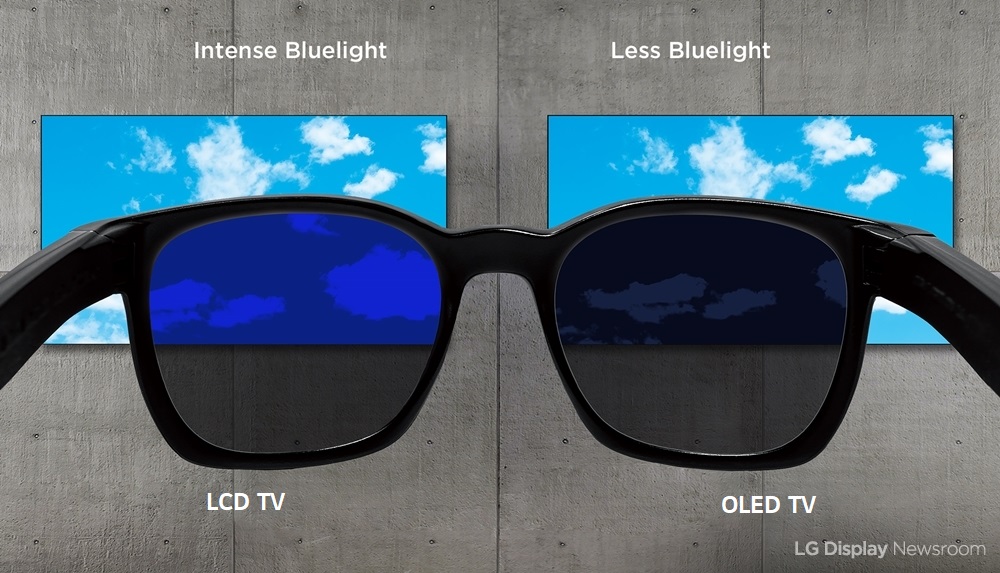
Just last year, LG Display received “Eye Comfort Display (OLED) – Low Blue Light, Flicker Free” certification from TÜV Rheinland as well as the “Flicker Free Display (OLED)” Verified Mark from leading global safety science company UL for its OLED TV displays. And the fact that this was the first time a TV display had received such recognition from prestigious organizations for being flicker free makes this a historic industry feat.
Earlier this year, UL also bestowed its hard-to-achieve ‘Discomfort Glare Free’ marketing claim verification on all of LG Display’s OLED TV panels – a first for the display industry.
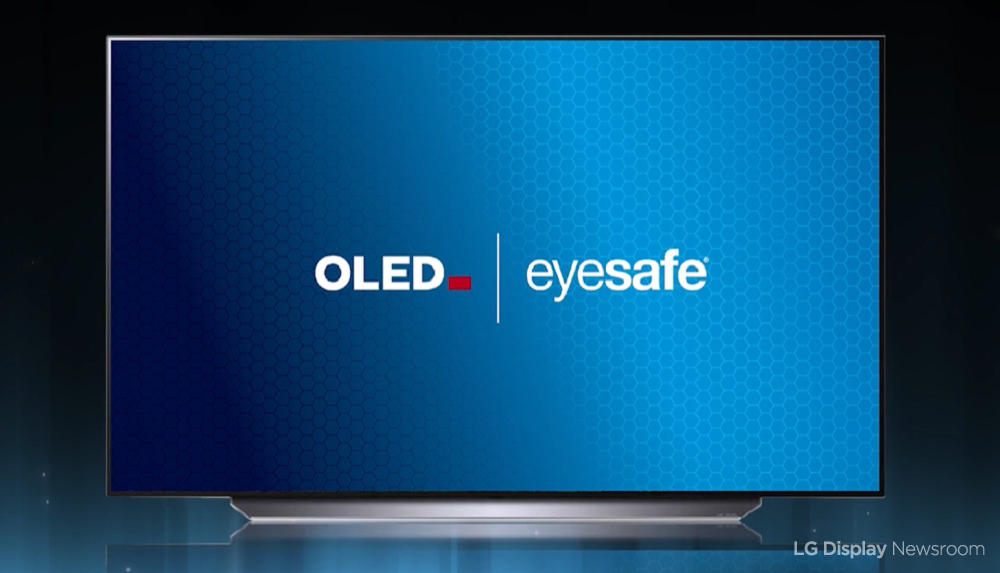
However, the certifications don’t stop there. Just this year LG Display announced the world’s first-ever Eyesafe® certified TV display courtesy of low blue light emissions and optimal color performance. The certification was conducted by leading independent testing and certification firm and Blue Light Summit hosts, TÜV Rheinland.
LG Display expects many new Eyesafe® television displays to come to market throughout 2021, as the television industry begins adopting Eyesafe® Standards in an effort to communicate health and safety to end-consumers.
At the Summit, LG Display’s KJ Kim shared his thoughts on the rising role of TVs, as well as the changes in consumer values. “From the customer journey standpoint, the TV is becoming a communication device that connects people and machines. For example, gaming TVs have functions that are optimized for new consoles like PS5 and X-Box series. And there are TVs that rotate into Portrait Mode for home training. Also, portable TVs are getting more popular. But we believe this is not enough,” stated Kim. “Conventional LCD TVs only focus on brighter and sharper images. But consumers really want is a TV that shows the world naturally, just the way it is. Delivering such a natural reality through OLED technology is what we have been striving for. And to do this, we are making improvements in three key areas – picture quality, eye comfort, and eco-friendliness.”



